- Home
- Articles
- Architectural Portfolio
- Architectral Presentation
- Inspirational Stories
- Architecture News
- Visualization
- BIM Industry
- Facade Design
- Parametric Design
- Career
- Landscape Architecture
- Construction
- Artificial Intelligence
- Sketching
- Design Softwares
- Diagrams
- Writing
- Architectural Tips
- Sustainability
- Courses
- Concept
- Technology
- History & Heritage
- Future of Architecture
- Guides & How-To
- Art & Culture
- Projects
- Interior Design
- Competitions
- Jobs
- Store
- Tools
- More
- Home
- Articles
- Architectural Portfolio
- Architectral Presentation
- Inspirational Stories
- Architecture News
- Visualization
- BIM Industry
- Facade Design
- Parametric Design
- Career
- Landscape Architecture
- Construction
- Artificial Intelligence
- Sketching
- Design Softwares
- Diagrams
- Writing
- Architectural Tips
- Sustainability
- Courses
- Concept
- Technology
- History & Heritage
- Future of Architecture
- Guides & How-To
- Art & Culture
- Projects
- Interior Design
- Competitions
- Jobs
- Store
- Tools
- More

In the dynamic realm of modern architecture, the intricate interplay between visionary design and budgetary constraints stands as a pivotal challenge. This balancing act, requiring a harmonious blend of aesthetic innovation and fiscal responsibility, is more crucial than ever in today’s architectural projects. Rising material costs, evolving environmental standards, and client expectations for unique, impactful designs have all contributed to a complex landscape where architects must be both artists and pragmatists.
The core of this challenge lies in realizing ambitious architectural visions within the pragmatic boundaries of budget. Each project becomes a unique puzzle, where every choice from materials to design elements must align with financial realities without diluting the artistic intent. This task demands not just creativity and technical proficiency, but a deep understanding of economics, material science, and the evolving demands of urban development.

Moreover, as environmental sustainability becomes increasingly paramount, architects are called upon to integrate green technologies and sustainable practices into their designs. This integration often adds another layer of complexity, as sustainable solutions can sometimes require higher initial investments. However, these choices can lead to significant long-term savings and environmental benefits, adding yet another dimension to the delicate balance of design and budget.
In this context, architects are not just designers but visionaries who must navigate the tightrope of fiscal constraints and creative ambitions. They are tasked with creating buildings that not only capture the imagination but also stand as testaments to efficient and responsible use of resources. The buildings of today must not only embody aesthetic values but also reflect a commitment to economic viability and environmental stewardship.
As we delve deeper into the subject, we will explore how modern architects and developers are meeting these challenges head-on, crafting buildings that are as financially sensible as they are visually stunning. Through innovative materials, cutting-edge technologies, and collaborative approaches, the architecture industry is finding new ways to strike this essential balance, shaping the skylines of our cities in economically and environmentally conscious ways.

Table of Contents
ToggleThe Challenge of Cost and Creativity
At the heart of this challenge is the need to blend creativity with cost-effectiveness. Architects are pushed to their limits, striving to design buildings that stand out while adhering to strict budgets. This necessitates a deep understanding of materials, innovative construction techniques, and a keen eye for detail.
Innovative Materials and Techniques
One way architects are tackling this issue is through the use of innovative materials and construction methods. Materials such as cross-laminated timber (CLT) and recycled elements offer cost-effective yet durable options. Additionally, advancements in 3D printing and modular construction techniques have opened new avenues for reducing costs without compromising on design quality.
Sustainable Design: A Cost-Effective Approach
Sustainability plays a crucial role in modern architecture. Not only does it answer environmental concerns, but it also offers long-term cost savings. Incorporating elements like energy-efficient systems, green roofs, and natural lighting reduces operational costs and enhances the building’s overall value.

Several recent projects exemplify this balance. For instance, the XYZ Building in London uses a unique glass façade that maximizes natural light, reducing energy costs. Similarly, the ABC Tower in Tokyo incorporates a rainwater collection system, demonstrating how functional elements can be seamlessly integrated into design.
Technology, particularly Building Information Modeling (BIM), has been pivotal in managing costs. BIM allows architects and builders to visualize projects in detail, identify potential issues early, and make cost-effective decisions during the design phase.
Collaboration is Key
Effective collaboration between architects, engineers, clients, and contractors is crucial. Open communication and a shared vision help in identifying cost-saving opportunities without compromising the design’s integrity.
Balancing design and budget in new buildings is a complex yet rewarding challenge. It demands creativity, innovation, and a collaborative approach. As the industry continues to evolve, this balance will not only define the aesthetic of our cities but also their economic and environmental sustainability, making it a critical consideration for the future of architecture.

Submit your architectural projects
Follow these steps for submission your project. Submission FormLatest Posts
Why Timely Intervention Is Critical In Controlling Household Pest Problems
Pests move fast, so your response has to move faster. The sooner...
Evaluating Safety and Care Needs for Aging Parents
Caring for a parent involves balancing respect for independence with real-world safety....
Solutions to Keep Every Room Organized
Clutter sneaks in fast, but a calm home is built one small...
How to Read Construction Drawings: A Practical, Field-Tested Guide
How to read construction drawings: a clear, step-by-step guide to decode sheets,...


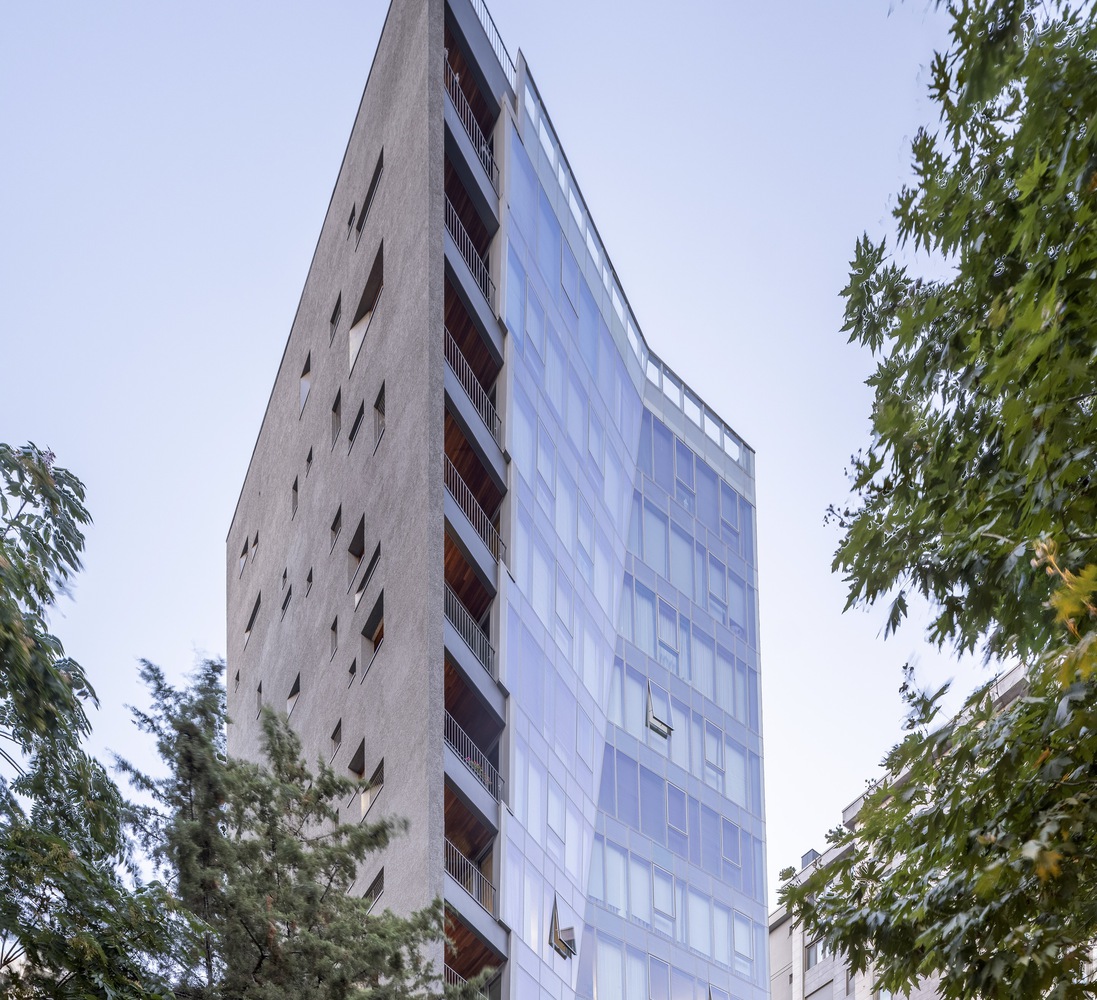


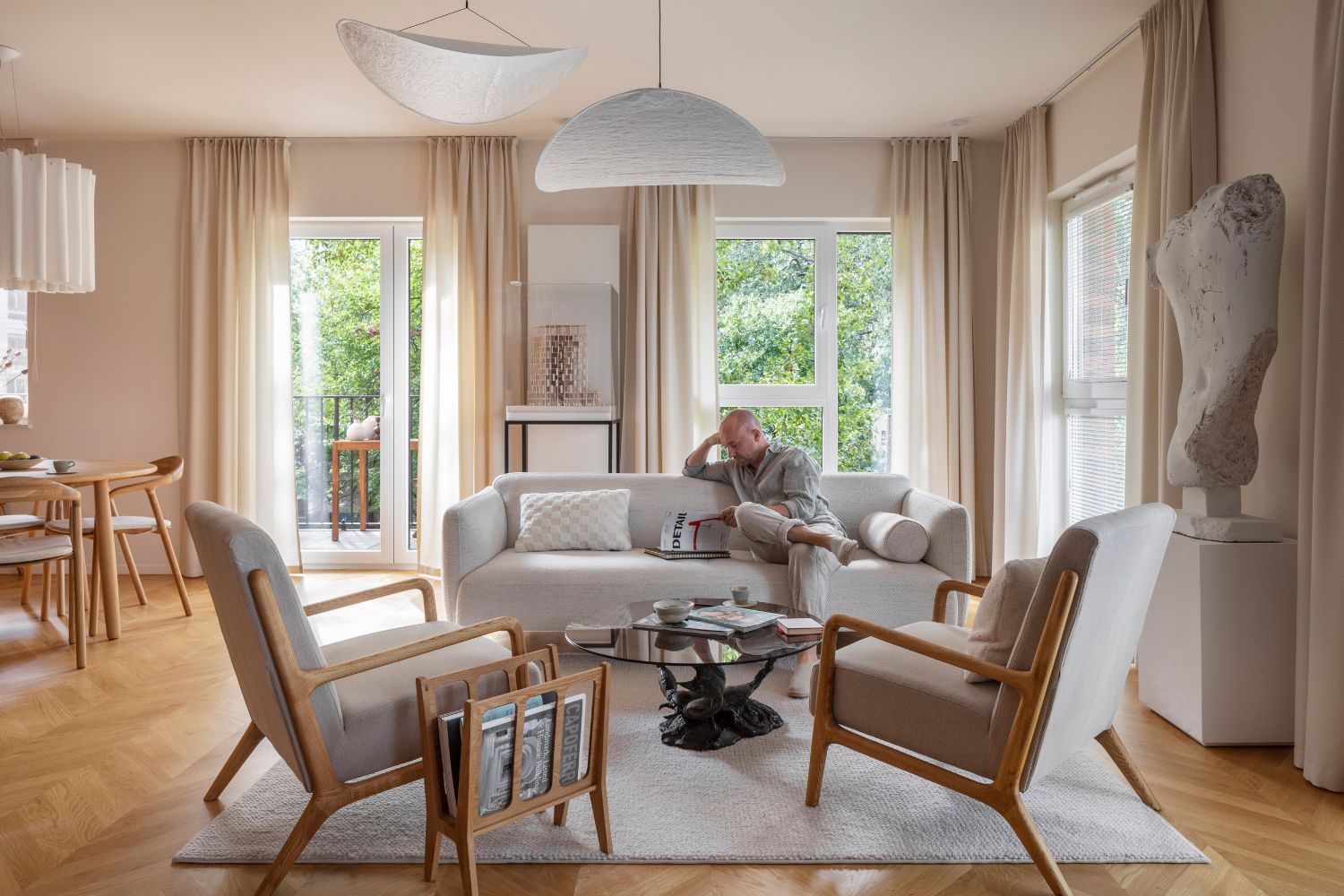

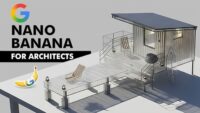


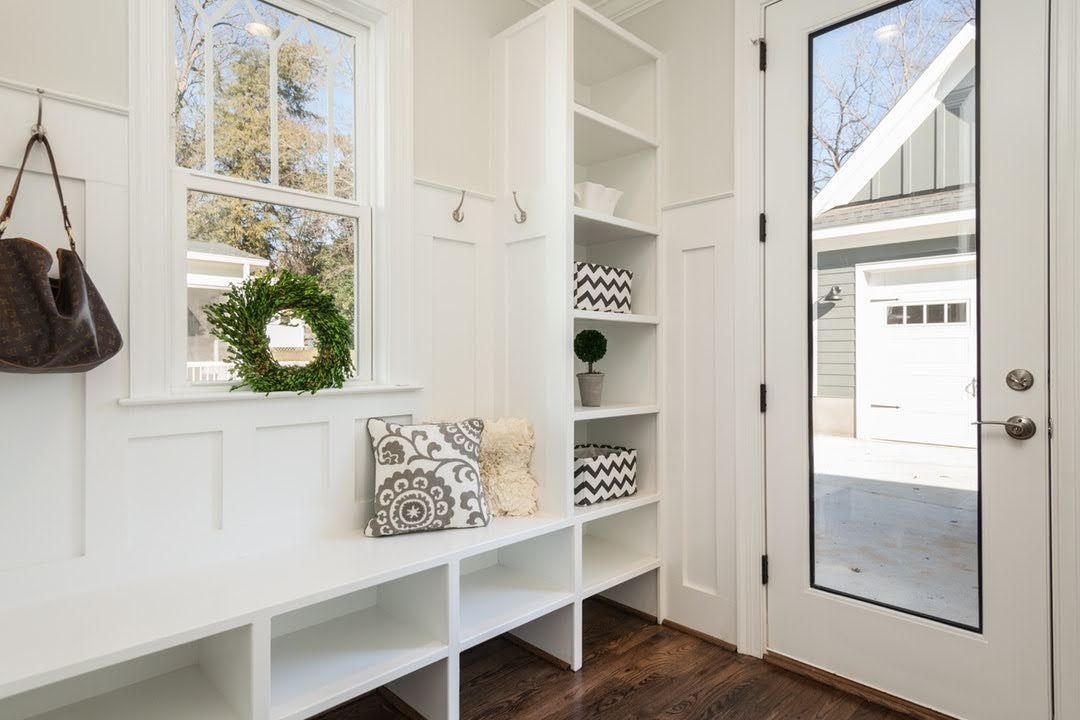
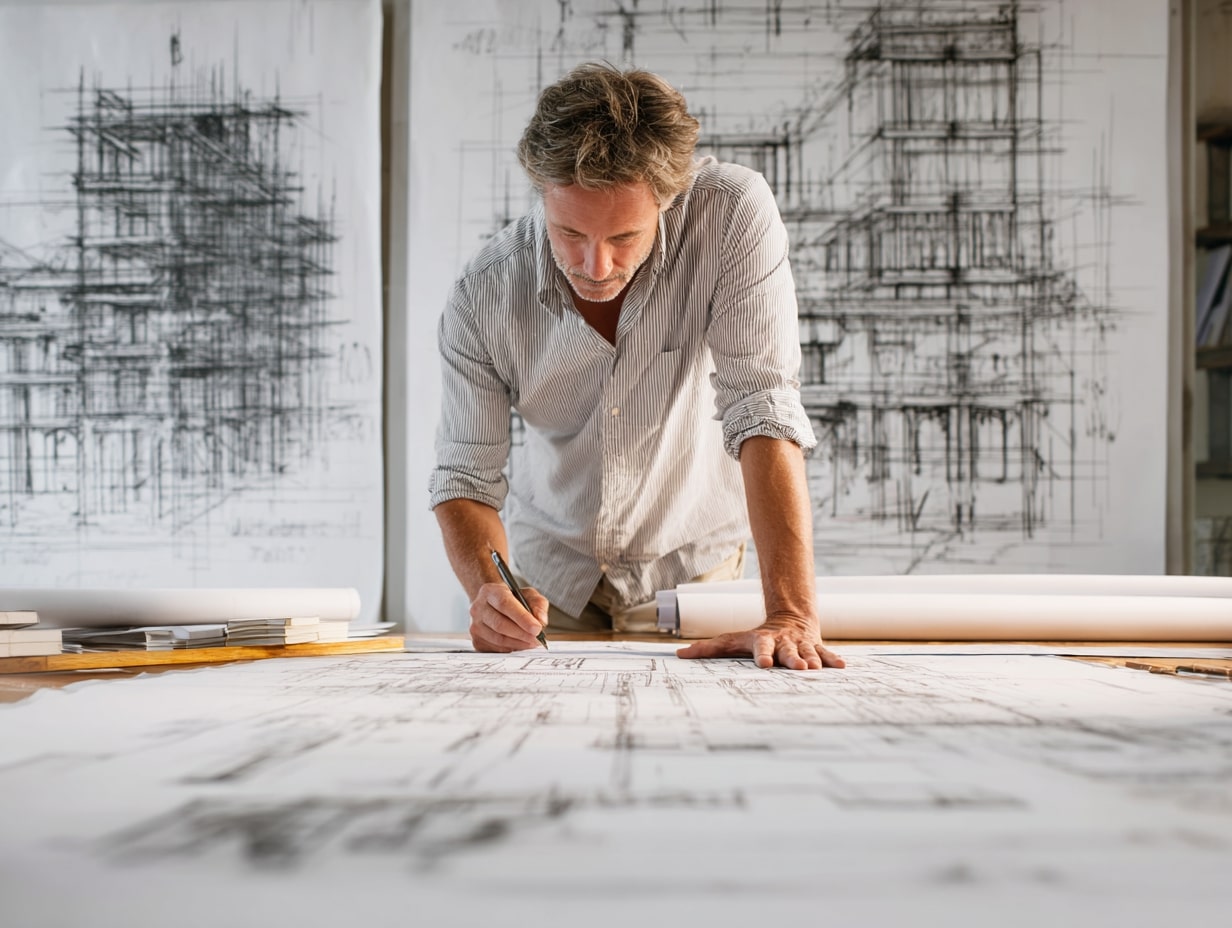
Leave a comment